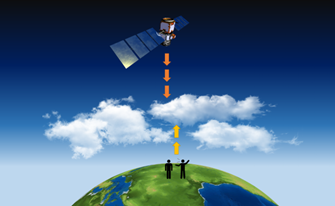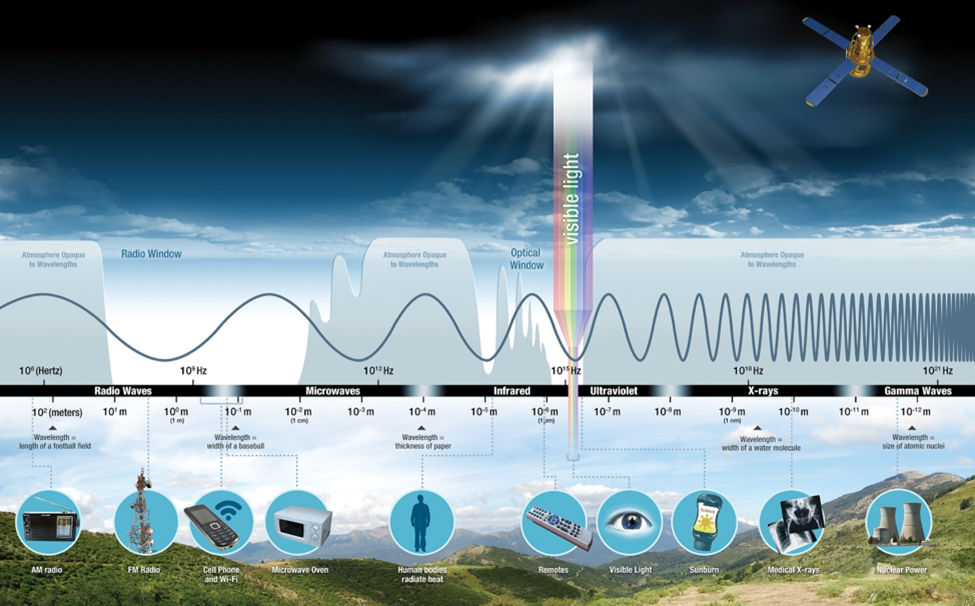SpringCloudUpdate2022 - Clouds Protocol
NASA GLOBE Cloud Spring Update
March/April/May 2022
NASA GLOBE Cloud Challenge 2022 Recap
Greetings from the NASA GLOBE Cloud Team! We want to thank everyone for participating in the NASA GLOBE Cloud Challenge 2022: Clouds in a Changing Climate. We received 42,703 cloud observations, resulting in more than double our goal of 20,000 satellite matches, for a final total of 49,455 made matches! More than 3,600 participants from 89 different countries submitted cloud observations. Participants included teachers, students, and citizen scientists, across all seven continents. The observations added more than 108,000 images to our GLOBE database.
Make sure to download your customizable certificate of participation and/or your digital badge. We also have a special satellite match certificate!
Besides, NASA GLOBE CLOUD GAZE became the most active project in Zooniverse, with 321,123 photo classifications.
Match to a Million Satellite Matches
While the NASA GLOBE Cloud Challenge 2022 has concluded, we always need your data. As of right now, we have over 952,000 satellite matches since the beginning of the GLOBE Clouds program in 2017. We are very close to achieving the program’s lifetime goal of a million satellite matches! These matches help create complementary datasets useful for studying our climate. So, please keep submitting your observations! Please view our NASA scientists as they discuss the importance of clouds: Science of Clouds Videos.
If you are new to the program, please visit the GLOBE Observer website to download the app. Learn more about clouds and help us match to a million satellite matches!
Modernization of Satellite Match Code

The code used to perform the matching to the Aqua and the Terra satellites was written over 20 years ago, in Fortran. To help modernize our infrastructure and fix several bugs, the code was rewritten in Python by Kevin Ivey. Kevin joined the GLOBE Clouds team as a high school intern in 2018. He is a college student and programmer for the team now. Kevin's new code has been in production since April 3, 2022.
When a GLOBE Clouds observation is taken within 15 minutes of a satellite overpass, the observation is matched to satellite data. The new code uses an extended matching window of +/- 15:59.9 minutes (compared to 15:00 minutes before), generating about 7% more matches than before. It also considers the full matching window, even if this matching window extends across more than one day, which the old code could not do. For example, an observation made on January 1, 2022, at 23:50 could be matched to data from January 2, before 00:05.
Also, the new code also knows how to handle missing data. Instead of zeroing and using missing values as the old code, the new code knows missing values should be ignored.
Meet an Expert: Om Prakash Gupta

Om Prakash Gupta is an active citizen scientist in GLOBE and NASA GLOBE CLOUD GAZE with over 9,000 GLOBE Cloud satellite matches.
Question: Where are you from?
Answer: I am from Konch, Jalaun, U. P. India.
Question: What do you do?
Answer: I am a retired principal from S. R. P. Inter College Konch, Jalaun. I am also a postgraduate in Geography from Kanpur University.
Question: What do you like about GLOBE and NASA GLOBE CLOUD GAZE?
Answer: I have a keen interest in cloud gazing. Along with swimming, cloud gazing has been my hobby since my childhood.
Question: What makes you passionate about clouds and our climate?
Answer: I am interested in cloud gazing, studying the climate and knowing more about our atmosphere.
Question: Do you look at the sky differently now that you are so active on GLOBE and CLOUD GAZE?
Answer: I prefer seeing many clouds to watch the climate, to get more success for atmospheric science. During rainy days, I like to get more images of the sky showing its natural beauty. I wait to take images with rainbows on hills.
Question: Do you have a message you would like to share with the cloud community (GLOBE Clouds and CLOUD GAZE)?
Answer: I want to inspire the observers who like to gaze clouds but have not started. They should join the cloud community and watch the natural beauty of clouds in the sky.
Question: Anything else you would like to share?
Answer: During rainy days, observers should enjoy nature’s beauty, which can bring happiness. Cirrus and cumulus clouds images inspire us to study deeper climate change around the globe. It will be more helpful to us for the GLOBE program.
Cloud Observation Tip/Science Topic: How to interpret satellite matches

NASA GLOBE Cloud satellite matches provide ground and space views of clouds at the same location in a 15-minute time frame. Geostationary satellites observe the same location of the Earth all the time. These include GOES, Himawari, and Meteosat. Low Earth orbiting satellites like Terra, Aqua, and CALIPSO observe the entire planet. You can find out more at NASA GLOBE Cloud Satellites at a Glance.
How to Interpret Satellite Data:
(a) GEO
Access your satellite match table using the link(s) sent to you in your personalized email from NASA. In the center of the table, you will find the satellite data. On the right-hand side of the table, you will find your ground data. Look to see if your observations matched to GEO. Follow the column down and you will see which GEO satellite matched your observations. You will also find small images with the words “Visible” and “Infrared” above them. These words refer to the two different ways to look at your GEO image. These words also refer to information gathered in the Visible and the Infrared parts of the electromagnetic spectrum.

Visible is as if you were looking at the sky with your eyes from the actual satellite. It is the part of the electromagnetic spectrum that we can detect with our eyes. Infrared is the part of the electromagnetic spectrum found below the color red. This part is not visible by the human eye. We use infrared images to look at heat or temperature signatures.
Dive deeper into how to interpret GEO images in our GLOBE clouds page!
(b) Aqua and Terra
Your satellite match table will also include images recorded by MODIS (Moderate Resolution Imaging Spectroradiometer). MODIS is the name of a pair of instruments aboard the Aqua and Terra satellites. In the center of the table, you will find the satellite data and see if your observations matched to either Terra or Aqua or both. Follow the column down and you will see small images with the word “Worldview” above it. Worldview is a visualization tool that allows you to browse satellite images centered on the spot of your observation.
Learn more about interpreting MODIS images in our GLOBE clouds page!
(c) CALIPSO
CALIPSO (Cloud-Aerosol Lidar and Infrared Pathfinder Satellite Observations) helps us understand clouds, aerosols, and radiation in relation to climate and weather. CALIPSO uses LIDAR or Light Detection and Ranging to create vertical profiles of clouds and aerosols. It sends pulses of light to Earth’s surface and assesses the amount of light that is reflected. CALIPSO data is collected in orbits, or the path the laser takes to collect atmospheric information. When you receive a satellite match with CALIPSO, you will see a CALIPSO Vertical Feature on the right-hand side of your match table. This Vertical Feature matches your location and time.
Explore how to read the CALIPSO Vertical Feature Mask on our GLOBE Clouds page!
Your cloud observations help us study clouds and their effects on our planet. Thank you again for participating in science research and helping NASA learn more about clouds, weather, and climate. Stay tuned and help us Match to a Million Satellite Matches!





